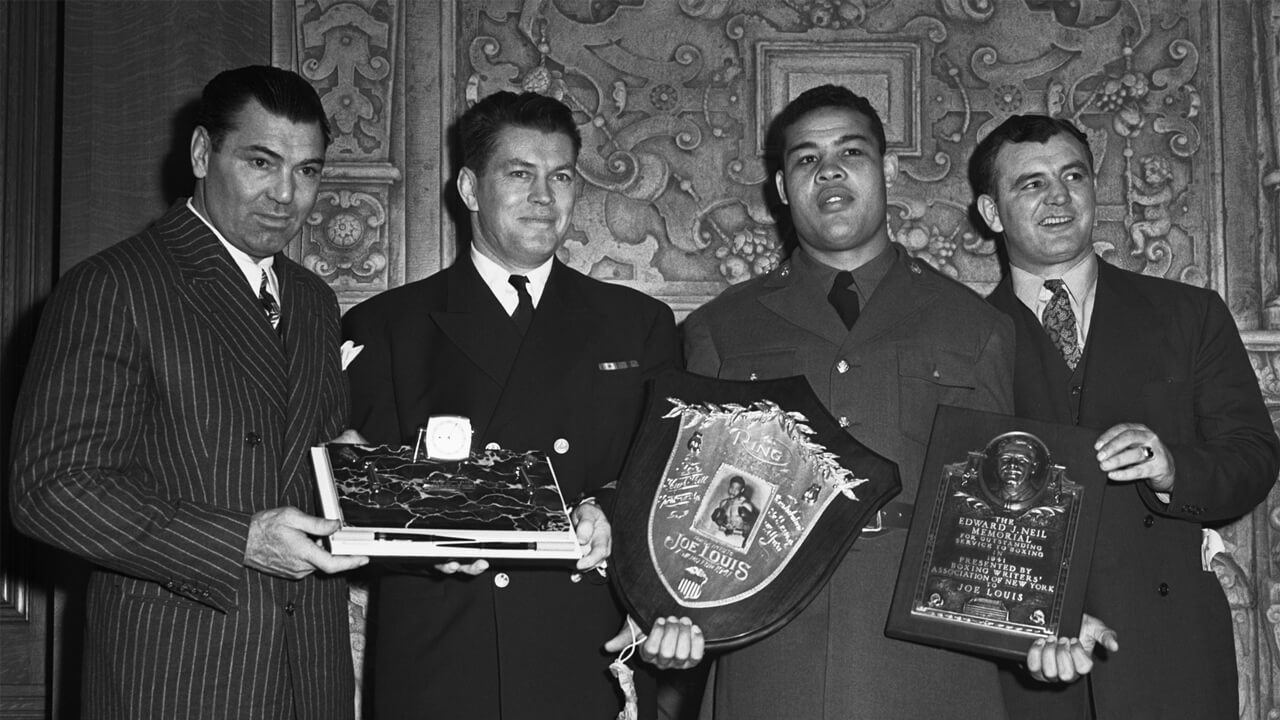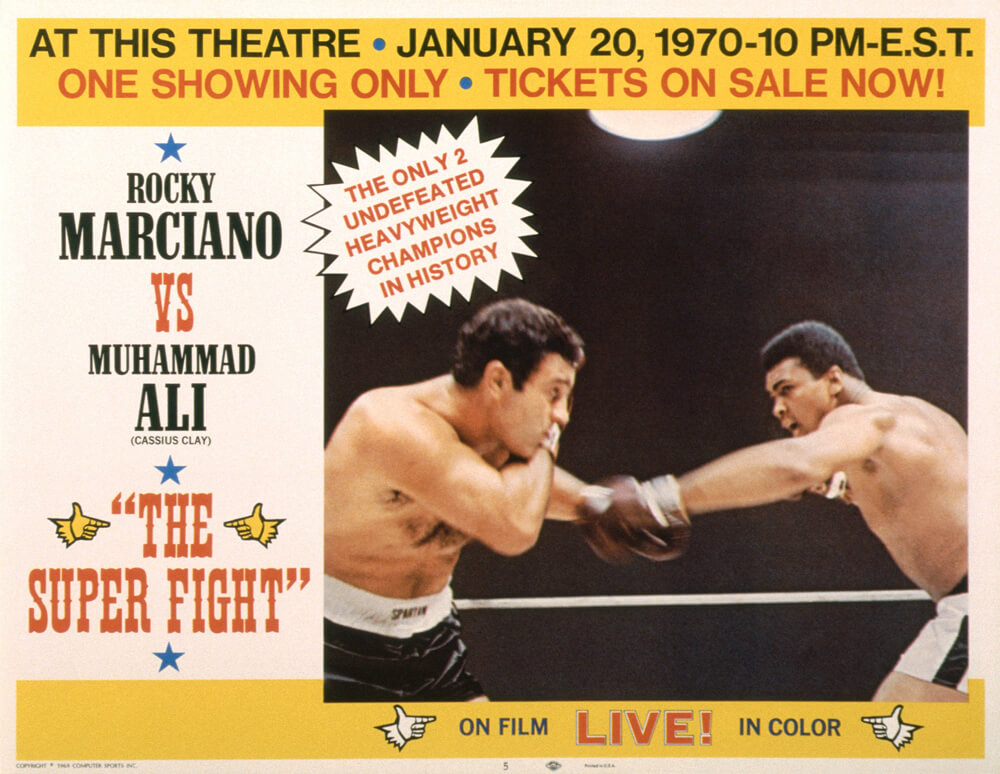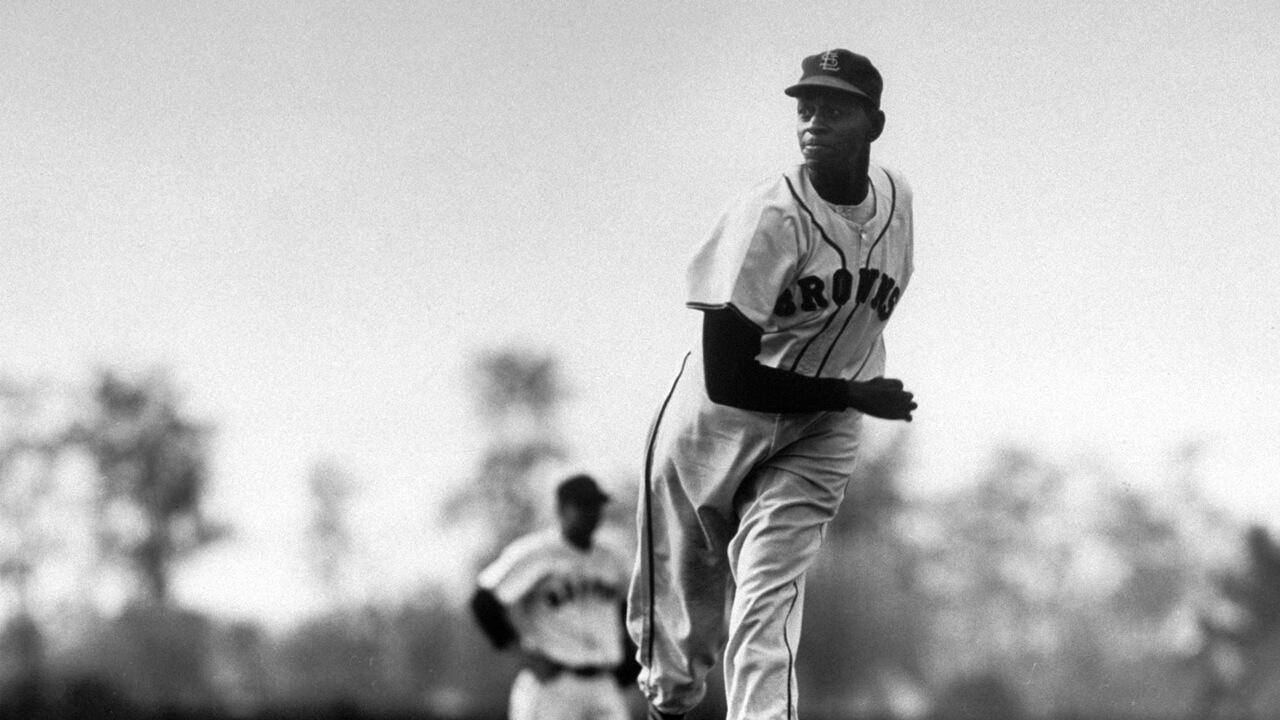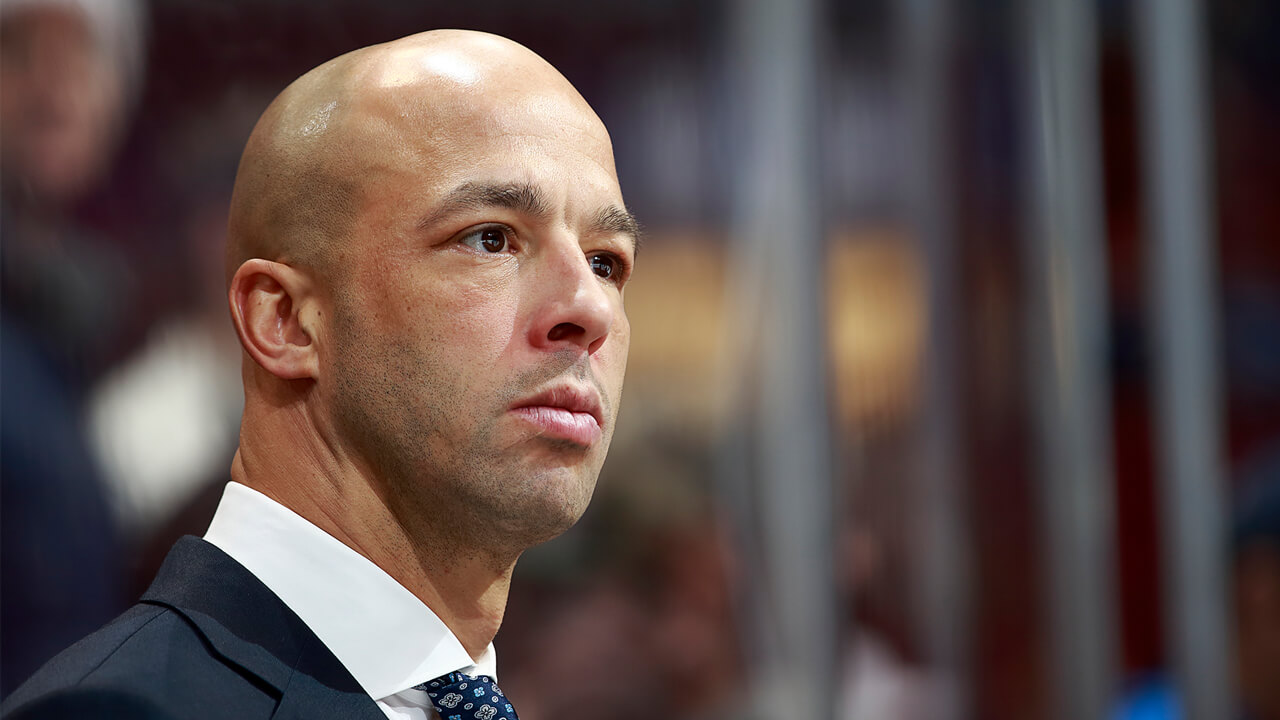The computer couldn’t fully erase the passage of time. Ali looked flabby, Marciano less sure on his feet than the rawest club fighter. Punches above the shoulders were conspicuously pulled, and the blood shed by Marciano came out of a bottle. Wearing what looked like black Oxfords, the referee, Chris Dundee, followed the fighters at a distance, stalking them around the ring but staying out of reach, in fear of walking into a stray punch. The action wasn’t like any bout I’ve ever seen — apparently the technical-support team had failed to program the NCR 315 for clinches (Dundee stepping in on only one occasion throughout the entire fight). And yet, I remember watching it in a crowded, smoky theatre, utterly lost in the action, like most who had forked out the astronomical five bucks. Covering the fight from a film house on Broadway, Robert Lipsyte of the New York Times wrote: “With the exception of the few who jeered at the theatrical gore on Marciano’s face, the audience readily suspended belief [sic].”
The computer came up with split decision — Marciano winning by a 13th-round knockout in North American theatres, while, in another version of the fight that aired in Europe, Ali won by a decision. Marciano would never know the outcome and reasonably good reviews; he died in a plane crash just weeks after the last punch was thrown in simulated anger.
The Marciano win in full:
The closed-circuit production earned about $5 million worldwide and 10 months later a rebroadcast on ABC’s Wide World of Sports generated the show’s largest ratings for the year. Still, The Super Fight generated no significant follow-up, not with the courts paving the way for Ali to return to the ring and chase the heavyweight title once more. When Woroner found that copies of Marciano’s win were being shown after the original date, he had them destroyed and, over time, the fantasy tournaments and The Super Fight became a footnote to history.
In 2005, a surviving print of the Ali-Marciano bout was discovered in the Library of Congress and shortly thereafter I set about writing about this long-forgotten curiosity. Though Woroner had already shuffled off this mortal coil, I managed to track down a surviving principal, who just happened to be the most indispensable of all the pieces: Hank Kaplan.
If one man could tell the backstory of The Super Fight, I thought, it’d be the fella who provided the data to be processed, the godfather at the birth of computer sports. When I spoke to Ed Brophy, an official with the International Boxing Hall of Fame, he painted a vivid picture. “Hank keeps it all in his place,” Brophy told me of the historian’s personal collection. “He has to walk around it. He’s tripping over it.” His meticulously indexed files on champions and boxers of interest filled filing cabinet after filing cabinet, the stuff from the late 1800s so brittle that you could blow history into dust with one good puff.








